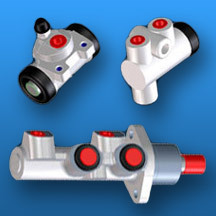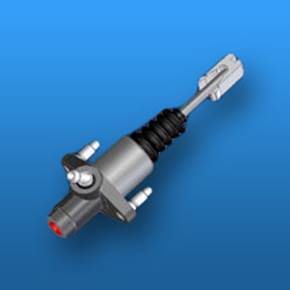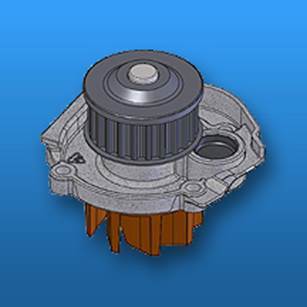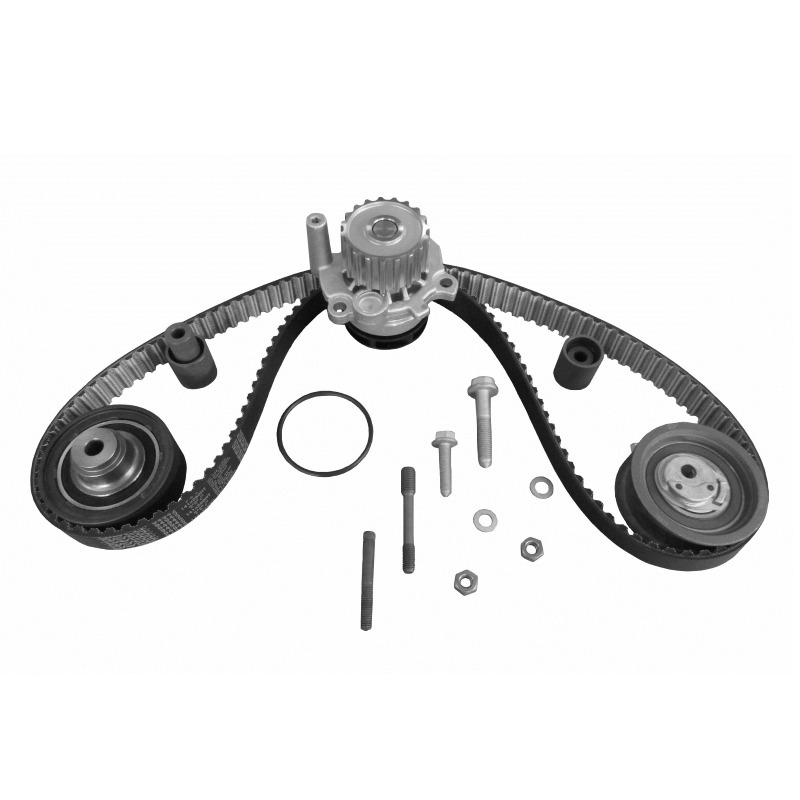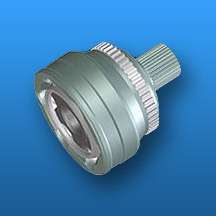Description
Braking systems are designed to reduce a vehi-cle’s speed and bring it to a halt within certain thresholds in terms of space and time, generally by using the brakes to subject the transmission, semi-axes or, more frequently, the wheels, to resistant torque capable of absorbing the vehi-cle’s kinetic energy. Most passenger cars on the road today are fitted with hydraulic brake sys-tems, made up of brake pumps, brake cylinders and braking correctors. In its simplest form, a hydraulic braking system is comprised of: - a brake engagement device, generally a pedal. - a piston pump (master cylinder) driven by the engagement device, fed from a reservoir of brake fluid, and linked to the braking assem-blies through a network of rigid pipes and flexi-ble hoses. This basic circuit has evolved over the years and now also includes: - a vacuum servo that boosts the braking effort applied by the driver; - a divided-line brake circuit that en-gages the front and rear brake assemblies sep-arately and independently from each other. Braking systems were further developed with the introduction of braking correctors designed to check the skidding of individual wheels and ensure ideal braking conditions at the very limits of road-surface adherence. Braking technology entered the electronic age with integration of increasingly advanced automatic braking sys-tems such as ABS and ESP.
